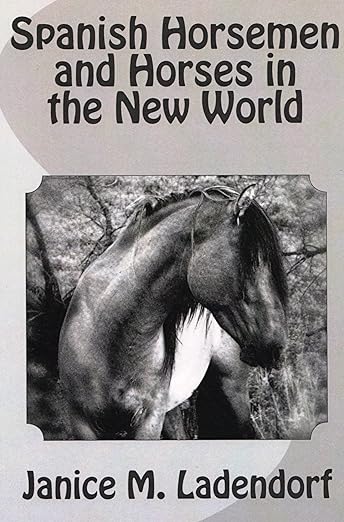Spanish Horsemen and Horses in the New World
Spanish Horsemen and Horses in the New World
Couldn't load pickup availability
by Janice M. Ladendorf
Regardless of the profession, art, or craft, we all stand on the shoulders of those who have gone before. Innovations depend on both inspiration and available technology. Cattle have been domesticated for 12,000 years and horses for at least 6,000 years. Step by step, humans have learned more about how to handle, breed, and utilize these animals.
For thousands of years, several types of horses had existed in Iberia. When they were domesticated, selective breeding improved their quality. In classical times, the Iberian cavalry was famous both for their skills and for exceptional horses. During their long battle to eject the Moors from their country, the Spanish improved their horses even more and began using them to handle cattle. Their horses were exceptionally tough, agile, brave, and responsive to their riders.
What types or breeds of cattle and horses, did the Conquistadors eventually bring from Spain to the New World? What did they do to adapt their equipment and techniques to meet the new conditions they found in the lands they conquered? What role did the vaqueros play in the development of western horsemanship?
Selective breeding of horses began early on the Caribbean Islands and soon spread to both North and South America. Horses were bred for war, games, herding cattle, endurance, parades, and ambling gaits. How did selective shipping and breeding create so many new breeds throughout the Americas? Who were the ancestors of the horses the vaqueros actually rode? What role did the mustangs play in creating horses with exceptional endurance?
Paperback: 204 pages
Size: 6 x 9 inches
Share


